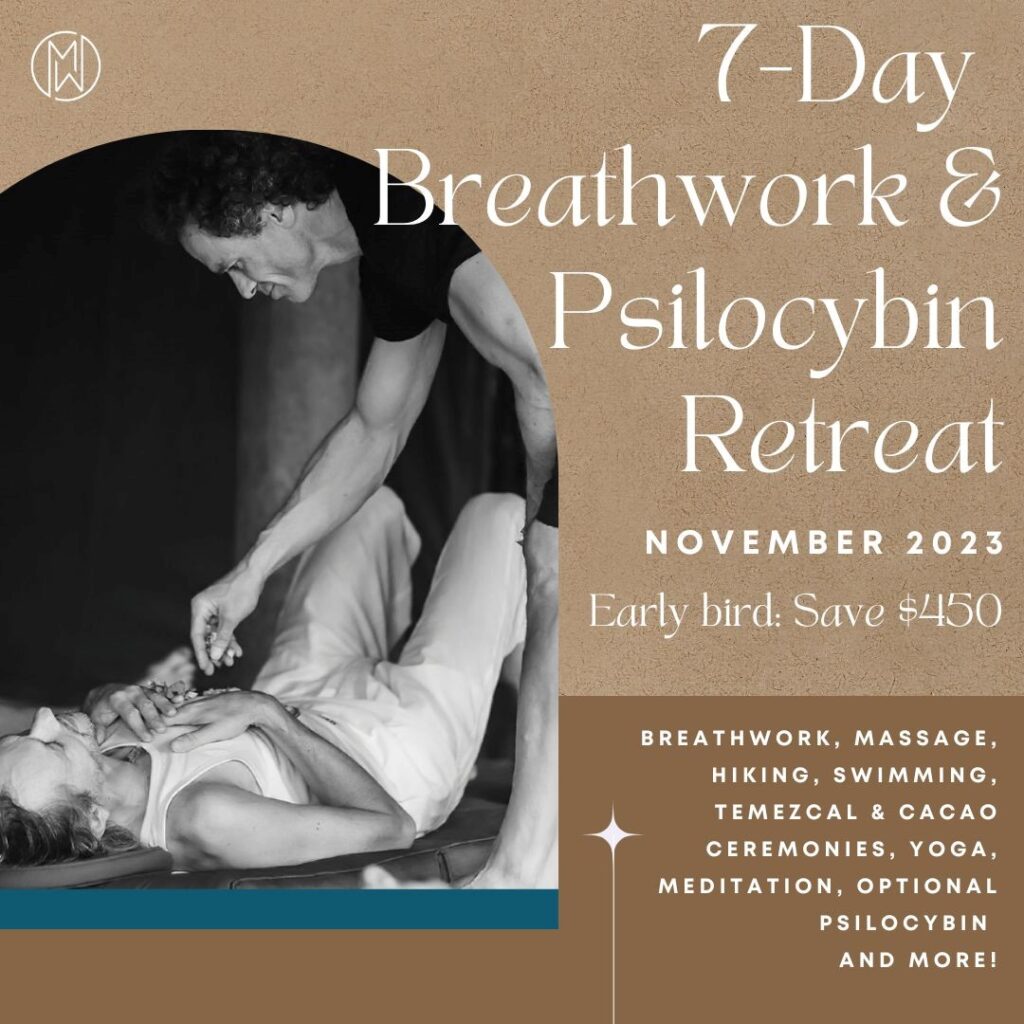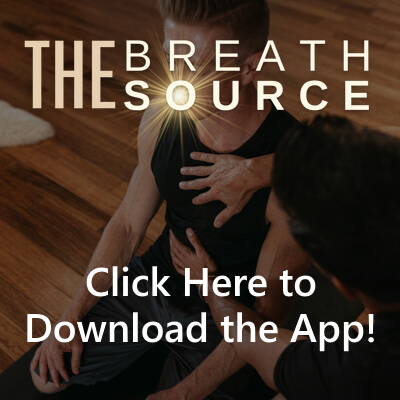Follow Morris on a cold immersion wilderness adventure. Learn the four primary benefits of cold exposure and how to plunge safely in a stream or river near you.
Video Transcript
Morris (00:26):
All right my friends, we’re in for it today. My name’s Morris Weintraub, breathing and breathwork instructor and general health nut. Today we’re going to take you through a protocol to learn all about breathing coupled with cold immersion. I’ll explain all the benefits of cold immersion; What you need to know and how to do it in this beautiful location. Maybe you won’t be able to do it here for yourself, but you can get all the same benefits in your shower or your tub, and do it your own way in your own time. So, follow me. Let’s go.
(01:03):
So, a few things you need to know about cold immersion. Basically they break down into four categories. One, nervous system regulation. This is an opportunity to train resilience into your nervous system. We’ll talk more about that later. Two, whole body inflammation. It’s definitely a way, especially post-exercise, to get inflammation out of the body. Three, definitely my personal favorite and the reason why I do cold immersion, increasing dopamine. This brings a sense of wellness, calm and balance into our lives. It also gives us more focus throughout the day. And this lasts for hours after the cold exposure. And then finally, metabolism. If we want to up-regulate our metabolism, burn more calories, cold immersion’s a great way… not only in the water, but the shiver response after getting out. So you don’t want to warm up directly after. You want to let the shiver response set in. So those are the four main benefits, and we’re going to go for it. Now we’re gonna learn a little bit about safety, who’s capable of doing this, how to do it, how long… cultivating a cold immersion protocol just for you. Okay, let’s go.
(02:35):
So along with those four main factors, some things to consider. One: when I come out here, I bring a partner, okay? Especially until you get used to the rigors of cold exposure and train your nervous system, you definitely want a partner to keep an eye on you. Of course, you’re fine in your shower or tub at home, but out here in the wild, you want to partner for sure. So today we’ve got the videographer, Dustin, who’s my normal partner, and he’ll keep an eye on me today. So that’s one major consideration. Two: things to know about the river and different water experiences. They change, they differ. So if we’re in stagnant water we create a thermal layer, a barrier around our bodies. When water is moving, it wicks heat from our bodies, much, much, much faster.
(03:34):
So even if at home you get used to three-minutes in an ice bath, if you hit a river and it’s moving water, watch out and be careful. That’s something to consider. Also, here today when we hit the water, you’re gonna notice that there are currents. We want to be in an eddy. We con’t get swept downstream. We have to know our environment. Be careful! Know what you’re doing, okay? Don’t just play around and hurt yourself. So training resilience was one of the first things that I mentioned. This is because the water is a stressor to our nervous system. It increases adrenaline and norepinephrine. It simulates the stress response that we encounter throughout our day and throughout our life. So the more we can tolerate the rigors of the water, we bring this resilience into our daily nervous system capability.
(04:29):
Anytime you’re working in the water doing cold immersion, you’re working to better yourself and how easily you can respond rather than react in your daily life. Know this… when it comes to the metabolism, one thing that we’re trying to do is change our adipose tissue, our white fat to be beige or brown. This increases mitochondrial function in our bodies and and gives us more energy. Brown fat gives us energy. White fat is just a store of energy. So we want to use cold exposure to up-regulate this transition of fat within our bodies, because brown fat helps us stay warm for a longer amount of time as well. So the more times you do this, the more fat adapted you’ll become and the more energy that you’ll be able to utilize. Does that make sense?
(05:28):
Got it? All right, my friends. So as far as duration, the amount of time you’re in the water, of course that depends on water temperature. I think today’s gonna be closer to 38 degrees. We’ll see. We have a thermometer and we’ll check it for ourselves. But at 38, I like three minutes. That’s what I would love for you guys to work your way up to. So if you have an ice bath at home, you put ice in there, it’ll probably be right around there and shoot for three-minutes. Of course, building up over time. As far as doing this as a practice to bring into our lives, the best evidence that we have so far suggests that we should be shooting for 11 minutes of cold exposure per week. This is what we’re going for in an ice bath format.
(06:15):
Obviously, if it’s warmer, you may have to do it longer. But that’s what we’re trying to work up to. I personally do three-minutes minimum, and then I like it up to six minutes. Three minutes for me is the magic number. I feel like I get my norepinephrine up. I feel like I get my dopamine up. I feel great, I feel clear, I feel calm, I feel balanced for the next few hours of the day. And it doesn’t over-stress my nervous system or my body, and it just seems to work for me. Sometimes I push it a bit further to train my nervous system and train more resilience. Sometimes I push it a little bit further to build more brown fat. If I’m in the water, how I act in the water, I know that I want to break the thermal layer. I know that I want my arms out to the sides. Sometimes I go deeper into the current so it wicks the heat a bit faster. There’s all these variables that you can play with to cultivate a practice that works best for you. But really, I would say mainly most of the time it starts at home at taking cold showers and upping that over time.
(07:27):
All right. So checking out the river, notice the current. We don’t want to be unsafe, so we’re looking for an eddy. So we’re gonna go a little bit further up. An eddy is where the water starts to come back on itself and travels upstream. That way you can sit there and not worry about getting swept away. The entropy will be a little slower, and it’s more like an ice bath as opposed to being in a flowing river.
(08:01):
So what’s really important is to be mindful of your breath when entering the water, what I personally like to do is exhale my air out before entering the water so I can concentrate on my first inhale. I want it to be long, deep and slow through my nose. I don’t wanna have any gasping. Panting is a sympathetic response. This means that we’re in our fight or flight. That’s not what we want. We want to train ourselves to breathe in and out through the nose. Long, deep, slow, fluid breaths in and out through the nose. And the real trick, and what you’re hopefully working up to is to be able to do that on your first breath when you enter the water, that’s a sign of mastery over your nervous system. An ability to titrate between sympathetic, parasympathetic, getting into a calm state as fast as possible.
(09:02):
That’s what we wanna learn here today. Breathing long, deep, slow, rhythmic breaths from the diaphragm. And then when you’re in the water, personally I like to use it as a meditative experience. Letting the mind go blank, concentrating on the ripples of the water, just letting everything fall away,. Maybe at home you’re concentrating on the sensations of the body as the water falls on your face in a shower, or in a cold tub. Simply close your eyes and go within. It’s an opportunity to practice a more meditative state. So where else would be a better place to practice than this? I’m so blessed, I’m so happy, and thank you for joining me. So I’m going to get my stuff together and then we’re gonna get in the water. I’m going do three minutes today. And I very much want to inspire you to bring this into your life. The benefits of cold exposure paired with breathing and breathwork cannot be understated.
(10:14):
All right, my friends coming down to the water. Safe and sound here. Alright. Remember, all of the gain is in the first 30-seconds when we’re trying to train resilience into our nervous system. Like I said, I will exhale my air out. I will enter the water slowly, I will go up to my neck. Watch how I breathe deep, long and slow. Pay a lot of attention to that first breath. That’s what’s really, really important. And then have fun with it. I’ll splash water on my face. I’ll dunk my head for vagus nerve activation. And we’re going to do a three-minute practice today. Beautiful.
(11:32):
Yeah. Yeah. Fun times. A beautiful three minutes. All right. So I’m just gonna towel off and then we’re gonna jump into three rounds of Breath Of Fire, which is what I use for my own personal practice to build fire in the belly to help warm up. We’re going to incorporate that with some Great Locks. These are all from the yogic tradition. Breath Of Fire is actually a stimulating breath, but it’s also a balancing breath because we’re going to concentrate both on the inhale and the exhale, moving the diaphragm at a rapid pace. And I’m going to do 3 rounds of that into Great Lock. I will exhale all of my air out and then suck my belly up and in, holding that. This is is a Hypopressive breathing technique. This brings more blood to our vital organs and builds heat in the body. So, let’s get to it. On me! (Breath Demonstration)
Thank you so much my friends. That was really beautiful and fun to share with you guys. If you noticed, I incorporated belly pumps. That’s part of my personal practice. So, Great Lock is the suck in and the hold. Belly pumps are an adaptation of Agnisar Kriya from the Kundalini tradition. So that’s my personal practice. It was wonderful sharing it with you. I hope this inspires you guys to get in the water, breathe a little bit and build your internal fire. Get after it. Love you guys. See ya.




